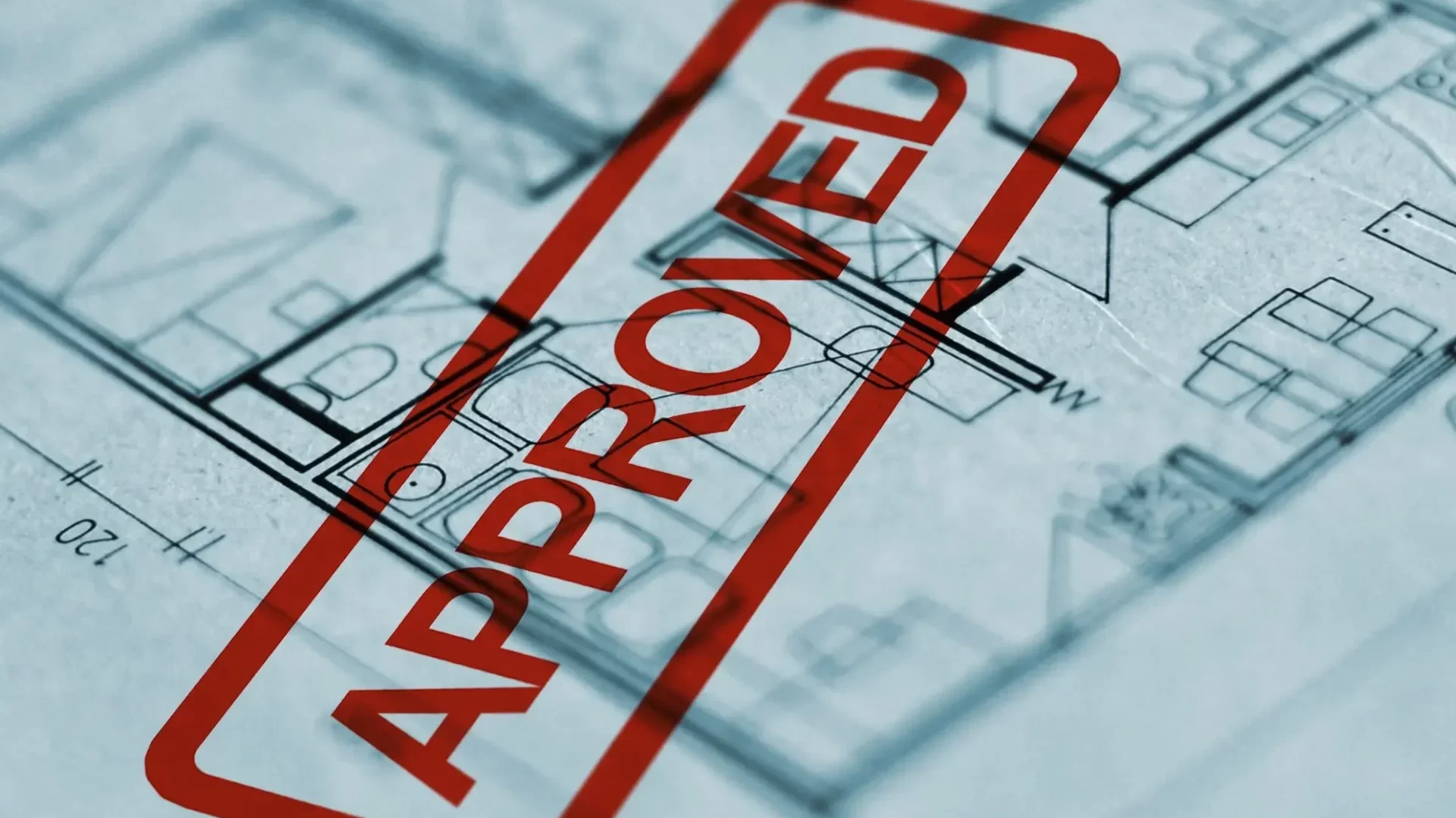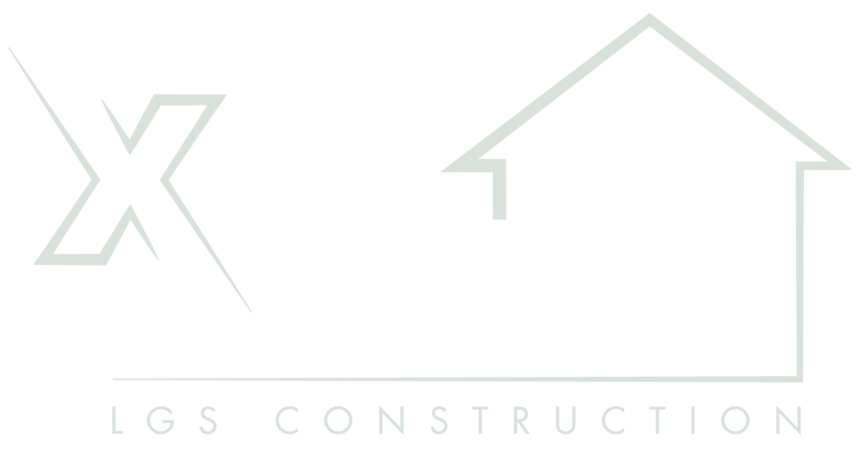Planning Permission and Garden Rooms – Explained

Installing a garden room is an investment in your property which takes time to plan and perfect to ensure it is exactly how you have envisioned, therefore ensuring that the build is erected within the regulations is key.
The good news is, our standard garden rooms are designed to adhere to Permitted Development Rights, however there may be instances where your specific build isn’t possible to construct within the guidelines and therefore may require an application for further planning.
It can be daunting trying to understand the key terms and criteria accepted within either Permitted Development or Planning Permission, therefore we have put together this helpful guide to explain each regulation.
WHAT ARE PERMITTED DEVELOPMENT RIGHTS?
Permitted Development Rights derive from general planning permission granted by Parliament to allow homeowners to make certain types of minor changes to their property, without the need to apply for full Planning Permission.
They are, however, subject to conditions and limitations. For example, in some areas of the country known as ‘designated areas’, Permitted Development Rights are more restricted, such as:
- If you live in a Conservation Area
- A National Park
- An area of Outstanding Natural Beauty
- A World Heritage Site or
- The Norfolk or Suffolk Broads
Please note that this is not the only criteria to be met, and full information can be found on the Planning Portable website here.
WHAT IS THE DIFFERENCE BETWEEN PERMITTED DEVELOPMENT RIGHTS AND PLANNING PERMISSION?
As mentioned, Permitted Development Rights are a set of pre-determined conditions and limitations granted by Parliament that allows homeowners to make minor changes to their property. Planning Permission is formal permission, which you are required to obtain from your local authority to build or alter your home, as the build does not fall within Permitted Development Rights.
WHAT ARE PERMITTED DEVELOPMENT GUIDELINES FOR BUILDING GARDEN ROOMS?
The rules governing outbuildings apply to garden rooms, garden offices and garden studios for a purpose relating to the enjoyment of the house.
Outbuildings are considered to be Permitted Development subject to the following:
- No outbuilding to be on the land forward of a wall forming the principal elevation (i.e. the front of the house)
- Outbuildings to be single-storey with a maximum eaves height of 2.5 metres and maximum overall height of 4 metres with a dual pitched roof, or 3 metres for any other roof
- Outbuildings are to be a maximum height of 2.5 metres in the case of a building within 2 metres of a boundary of the curtilage of the house
- Outbuildings are not to have verandas, balconies or raised platforms
- Outbuildings are not to exceed more than half the area of land around the original house*
- In National Parks, the Norfolk or Suffolk Broads, Areas of Outstanding Natural Beauty and World Heritage Sites, the maximum area to be covered by buildings more than 20 metres from the house is to be limited to 10 square metres (our standard 3m x 2m and 4m x 2m garden rooms would fall within this limit or we can design you a bespoke size to ensure this is fit for purpose for you whilst adhering to guidelines)
- On designated land**, outbuildings at the side of properties will require full Planning Permission
- Within the curtilage of listed buildings, any outbuilding will require full Planning Permission
*The term “original house” means the house as it was first built or as it stood on 1st July 1948 (if it was built before that date). Although you may not have built an extension to the house, a previous owner may have done so.
**Designated land includes National Parks, the Norfolk and Suffolk Broads, Areas of Outstanding Natural Beauty, conservation areas and World Heritage Sites.
It is important to note that Permitted Development Rights as explained above apply only to houses and not to flats, maisonettes, converted houses, houses created through Permitted Development Rights to change the use, areas where they may be a planning condition, Article 4 Direction or other restriction that limits Permitted Development Rights.
ARE THERE ANY FURTHER CONDITIONS OR REGULATIONS THAT I NEED TO BE AWARE OF?
The specification of most garden rooms will fall mainly within Permitted Development Rights and in some cases, may require an application for full Planning Permission. However, there are certain instances in which Building Regulations must also be considered.
In order to understand whether a garden room plan needs to be submitted to Building Regulations, we must firstly define what is meant by Building Regulations.
The Building Regulations are intended to protect the health, safety and wellbeing of people in and around buildings, with local councils administering the regulations.
You will not normally be required to apply for Building Regulations approval providing that:
Less than 15m2
If the floor area is less than 15m2 and the build contains no sleeping accommodation, it can be positioned as close to any boundary as you wish without requiring Building Regulations approval.
Between 15m2 and 30m2
If the floor area of the building is between 15m2 and 30m2, the building contains no sleeping accommodation and is positioned at least 1 metre from any boundary or is constructed of substantially non-combustible materials then you will not be required to obtain Building Regulations approval. You will be pleased to know that along with the many other benefits, light gauge steel is non-combustible!
Over 30m2
Any building which exceeds a floor area of 30m2 must meet Building Regulations. As The Building Regulations are concerned with the health, safety and wellbeing of people in or around buildings, it is understandable that there are strict rules surrounding sleeping in a garden room as the usage automatically transfers from being incidental to the main property, to residential.
YOUR EXPERIENCE
As mentioned, our standard garden rooms are designed with Permitted Development Rights in mind and therefore there should be no requirement to apply for further approval from your local council, whether that be for full Planning Permission or Building Regulations approval.
However we understand that each individual’s needs and uses of a garden room differ and there may be instances in which your specific build falls outside of Permitted Development Rights. This will be communicated to you during the consultation stage by our friendly team of experts, allowing you to make an informed decision. Whilst it is the responsibility of the homeowner to apply for full Planning Permission/seek Building Regulations approval where applicable, our team at have over 30 years’ experience combined within the construction sector so can assist you with any questions you may have along the way.
WHAT’S NEXT?
You are equipped with all of the knowledge surrounding Permitted Development Rights, Planning Permission and The Building Regulations, so all that is left to do is start creating your perfect space. Whilst we have lots of best-selling sizes that we can recommend, we understand each customer is different so we will work with you to ensure your needs are met whilst bringing your vision to life!
T: 01379 440909
